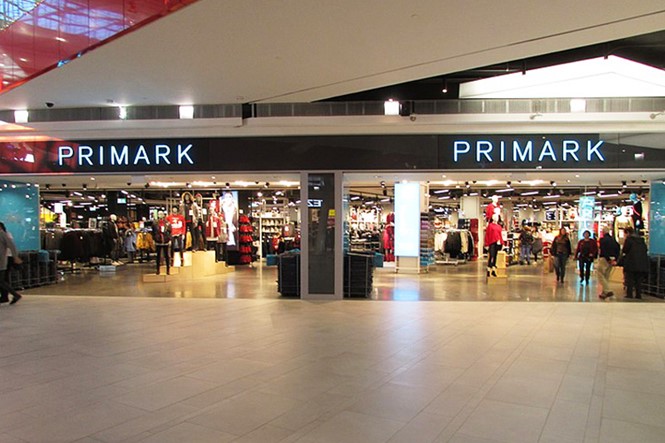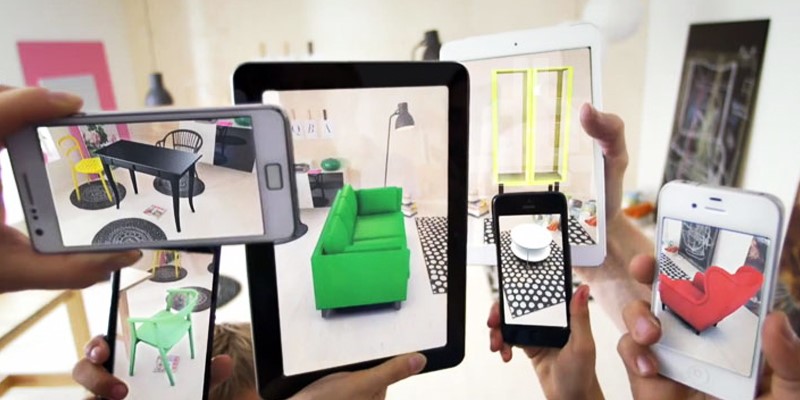Change at the checkout

It may be a slow and staggered start, but stores around the world are beginning to dust off (and socially distance) their cash registers and reopen their doors to a facemasked audience of nervous shoppers, starved of any retail experience.
In some countries, like Czech Republic, whole shopping malls are opening, and in others, such as the Netherlands and Austria, certain chains like Primark and Superdry have quickly adapted to meet new requirements.
But will it be business as normal? Can retail groups, shopping centres and sole traders expect their customers to just pick up from where they left off? And will consumers relate to brand touchpoints in the same way they had before.
Transform asked four award-winning brand agencies for their insight on what the future may hold for retail brand experience.
Adrian Caddy, Greenspace
One of the major projects Greenspace has been designing over the last year is a series of new, digital-led retail experiences for Toyota, Lexus and other car brands in the UAE. The evolution of online sales for products like cars, coupled with the emergence of subscription services, has already started to transform the strategy for planning physical retail experiences.
In the last 5 years, we have seen a pronounced shift away from the building of mega showrooms, towards the creation of smaller footprint retail spaces equipped with touchscreens, where customers can browse ranges and configure cars without salespeople crowding them. In our work, we have been rethinking the story of the retail experience for car buyers, by giving customers control of the experience they wish to have, on their own terms. This has led us to prioritise technologies like facial recognition, voice activation, virtual and augmented reality, all of which customers can control directly from their own digital devices.
We are designing retail experience environments that blend these customer-controlled interactions with immersive environments that utilise large LED surfaces. The impact of COVID-19 is bound to have an accelerating effect on this transition by eliminating the use of multi-touch surfaces in favour of interactions that are touch free.
Andy Sexton, 2LK
As restrictions on physical togetherness begin to ease (albeit gradual and regulated), many brands are rapidly reviewing (and redesigning) all the physical touchpoints they rely on for face-to-face contact.
Those that moved through confident digital transformations years ago – like Nike – can now lean on established tools to continue communications through this crisis, to build on and ultimately serve their communities. These brands used retail presence, event sponsorship and experiential campaigns to bring people together, make new connections and celebrate shared interests, but they aren’t reliant on them to survive.
In stark contrast are slower brands like Primark who almost ceased to exist for the last 8 weeks, and now have to make rapid changes to their physical estates to survive. This painful and iterative process will undoubtably sidetrack essential progress in the digital space that they really need to make.
At times like this, fast beats perfect. Priorities transformed overnight, along with a new tolerance for imperfection – and even a celebration of it if the idea is good enough. I look forward to seeing how innovation thrives. Nimble agencies (and brands) and strong ideas have never been needed more.
Contact is now currency. We all now filter how and with whom we interact, and future spending will be cautious. We’ll relate risk with our movements, so any physical presence alongside other people will need to offer suitable rewards to outweigh the risk. Brands will need to treat attendance as optional, not assumed.
We’re living through the most globally galvanising shared experience imaginable. It’s such a major inflection point for so many industries and individuals that permanent behavioural change is inevitable. It’s my firm belief that through this disruption, we’ll ultimately emerge adjusted and improved, as both a society and a sector.

Emma McHugh and John-Michael O'Sullivan, HMKM
Transparency, honesty, communication and storytelling, will be key. There’s no point in implementing change if you don’t communicate it. Consistent, connected graphic communication delivered confidently will be a really key driver in experience. In addition, we must remember that we are all in this together so a brand must leverage from that. Whilst it is a horrible situation, it is also very unifying, and we can see community connectivity being a stronger focus for the future.
There will be a movement away from a very maximalist way of shopping (more is more, before lock down, the idea of an onslaught of the senses seems quite overwhelming now), and this could potentially manifest itself in a positive response to a more minimal environment. There will also be a new sense of luxury around touch and sensation.
For so long, we've been going over the top to try and lure people into physical spaces. But if you look at social media (as a quick litmus of current behaviour) , people are obsessed with when they'll be able to do the really simple things they used to do - get a latté, get a makeover, go window shopping. There's a huge opportunity for stores that create brilliant new interpretations of things like fitting rooms, or beauty treatment areas, that deliver everything that people love, but in a way that still makes them seem safe, relaxed and reassured.
Rik Haslam, Brandpie
The retail sector was already under tremendous pressure even before COVID-19 hit. For those retailers who find a way to stay afloat the future is going to look very different and they’ll need to significantly accelerate the transformation of their in-store and virtual experiences.
Inside the store on-going social distancing requirements will likely mean less shelf space for products, more open-plan environments that reduce customer congestion and more super high resolution screens of all shapes and sizes that will provide shoppers with inspiration and allow them to interact with products contactlessly either by using augmented reality or simply by enabling shoppers to use their phones to interact with in-store screens.
Likewise expect to see retailers using parts of their spaces as studio sets allowing them to livestream in-store e-commerce experiences to virtual shoppers. Many large stores or malls may even have live video anchors who become celebrities in their own right. And personal shoppers will become a normal part of life, rather than something the wealthy use. Think Instacart but curated by influencers.
Other experiences such as curb side pick-up, 1-hour delivery, contactless payment technologies, etc, will be normal operating procedure. Cash payments, already declining at pace are likely to disappear almost entirely which may raise brand reputation considerations around issues of social inequality.
What does seem certain is that months ahead are going to see many stores attempt to ensure their survival by experimenting with innovations that they previously may have been to risk-averse or conservative to consider.
Thank you to our contributors: Adrian Caddy, founder Greenspace; Andy Sexton creative director 2LK; Emma McHugh, creative director of graphics & brand and John-Michael O'Sullivan, associate director of interiors HMKM; Rik Haslam, executive creative partner, Brandpie












